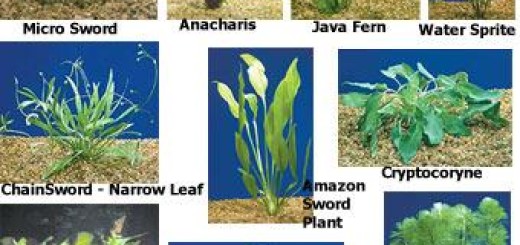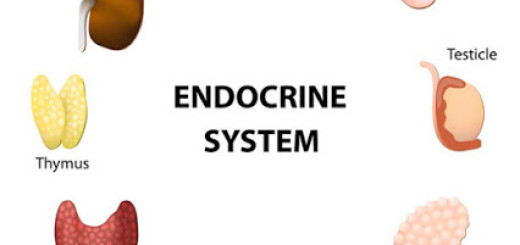What is the structure of the typical flower?
The flower is a short stem whose leaves are modified to form different parts of the flower, It is the organ of sexual reproduction in flowering plants, It arises from a floral bud that emerges from the axle of a leaf called the bract, the axle may carry several flowers which are known as the inflorescence.
The flower
An inflorescence is a group of flowers that arranged on the same axle, and the bract is the leaf from which the floral bud carrying the flower emerges.
The structure of typical flowers
The typical flower is the flower that contains four whorls, It has a thin neck ( the pedicle ) and ends in a swollen part ( the receptacle ) which carries the floral leaves in four different floral whorls.
The receptacle is the swollen part upon the flower pedicle on which the floral leaves exist, four whorls are the calyx, the corolla, the androecium, and the gynoecium.
The calyx is the first ( the outer ) whorl of the floral leaves that consists of a group of green leaves, each leaf is called a sepal and it protects the inner parts of the flower especially before blooming.
The corolla is the second whorl ( following the calyx ) of the floral leaves, it consists of a group of colourful and scented leaves, and each leaf is called a petal, The corolla protects the reproductive organs, and it attracts the insects to the flower which helps in the reproduction process.
The androecium is the third whorl (following the corolla) of the floral leaves, it is the male reproductive organ of the flower, and its leaves are known as the stamens.
Each stamen consists of a fine filament that ends in a sac known as the anther which is divided into two parts, each part has two chambers containing the pollen grains, it produces and holds the pollen grains.
The gynoecium is the fourth ( innermost ) whorl of the floral leaves, it is the female reproductive organ of the flower, and its leaves are known as the carpels which resemble the flask in shape.
Each carpel consists of a swollen part called the ovary which is connected with a tube called the style (qalam) which ends in an opening called the stigma ( the maysem), and it produces the ovules ( inside the ovary).
The sepals of the calyx and the petals of the corolla might be of the same shape and color as in the onion flower, that is why we call the two whorls together the Perianth.
Hay fever is a disease infecting people who have an allergy to pollen grains, the symptoms of this disease are inflammation of the mucus membrane of the nose, running nose, continuous sneezing, and tear flow.
The types and methods of pollination in the plants
Reproduction in flowering plants, Structure & functions of the flower
Pollination, Fertilization, Seed and Fruit formation in flowering plants
Autotrophic Nutrition in green plants , Mechanism of water & minerals absorption













